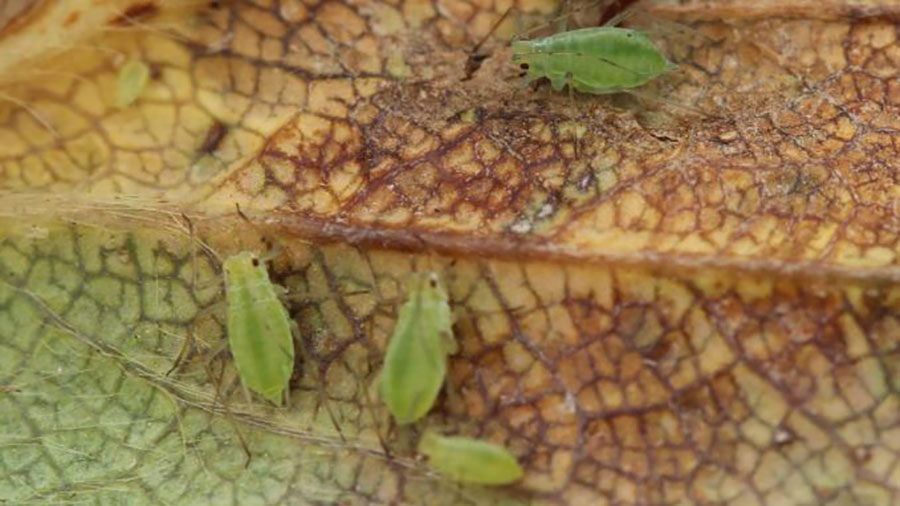Researchers use ‘science of light’ to cut pesticide use
 © Aston University
© Aston University A new project is exploring using the “science of light” to reduce pesticide use.
Researchers at Aston University and Harper Adams University are planning to develop “photonics nose” technology to monitor crops for pest infestations and plant disease.
The research will focus on strawberries, a fruit worth £350m to the UK economy, but could have applications across many other crops.
See also: high-tech advances that could change arable farming
The work will draw on cutting-edge photonics technology that can analyse low levels of certain chemicals emitted by plants, which can act as an indicator of their health.
This will be coupled with machine-learning hardware, making artificial intelligence use practical in commercial settings.
BBSRC funding
The 12-month project will receive £200,000 from the Biotechnology and Biological Sciences Research Council and the Natural Environment Research Council project, under a scheme funding interdisciplinary solutions to real-world challenges.
“Better invertebrate pest and plant disease monitoring technologies will significantly help cut crop losses,” said David Webb of Aston Institute of Photonic Technologies.
“However, most electronic noses use electrochemical sensors, which suffer from sensitivity issues, sensor drift or ageing effects and lack specificity.
“We intend to address this by building on the fast-moving technology of photonics – the science of light – while collaborating with scientists in other disciplines,” said Prof Webb.
Population rising
Joe Roberts from Harper Adams University said: “With the projected increase in the global population there is increasing pressure on the agricultural sector to achieve higher crop yields.
“Reducing crop losses within existing production systems will improve food security without increasing resource use.
“We intend to establish an interdisciplinary community of agricultural science, optical sensing and machine-learning experts to develop novel plant health monitoring platforms that enhance agricultural production through localised pest and disease monitoring to detect hotspots,” Dr Roberts said.
According to the Food and Agriculture Organisation of the United Nations, up to 40% of global crop production every year is lost to pests, with plant diseases and invasive insects costing the global economy more than US$220bn (£181bn) and $70bn (£57m) annually, respectively.

